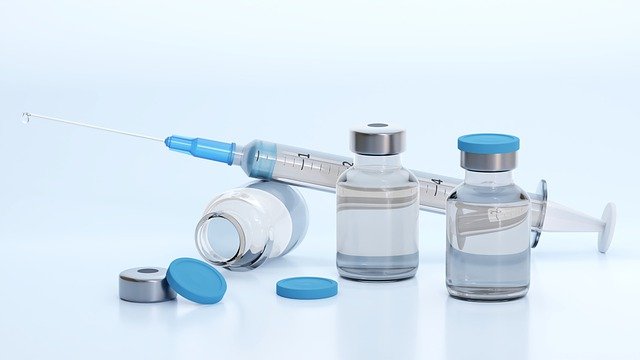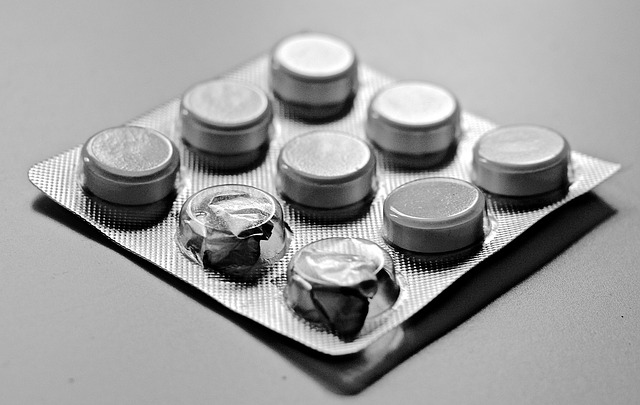Podcast: Play in new window | Download (Duration: 13:49 — 12.7MB) | Embed
On this episode, I discuss hydromorphone pharmacology, adverse effect, and drug interactions.
I discuss the pharmacokinetics of hydromorphone and also discuss the relative potency compared to other opioids.
Hydromorphone drug interactions are mostly additive effects. Drugs that cause sedation or constipation can have additive effects on hydromorphone.
Be extremely careful with hydromorphone dosage forms. There are numerous different concentrations and strengths. I discuss this in this episode.
Be sure to check out our free Top 200 study guide – a 31 page PDF that is yours for FREE!
Support The Podcast and Check Out These Amazing Resources!
Meded101 Guide to Nursing Pharmacology (Amazon Highly Rated)
Guide to Drug Food Interactions (Amazon Best Seller)










